The Evolution Theory of Darwin is now generally accepted, although an astonishing 42% of the American population still thinks that the Christian God created humans more or less in their present form, about 10.000 year ago, according to a Gallup poll, held in May this year!
In 1860, after Darwin had published his book “On the Origin of Species, a debate was organised in Oxford between proponents and opponents of this new theory. Supposedly in this debate Bishop Wilberforce asked proponent Huxley whether it was through his grandfather or his grandmother that he claimed his descent from a monkey
Huxley is said to have replied that he would not be ashamed to have a monkey for his ancestor, but he would be ashamed to be connected with a man who used his great gifts to obscure the truth.
Actually both were wrong in assuming that humans descend from monkeys. Humans and monkeys have a common ancestor which may have resembled neither a human nor a monkey. Our closest relatives are the chimpanzees and the bonobos and our Last Common Ancestor (LCA) is estimated to have lived about 6 million years ago. For the LCA with the gorilla we have to go back ~ 7 million year, for the orang utan ~ 14 million year and for the gibbon ~ 18 million year.
Here is our extended family, in a diagram and as a collection of (baby) photos.
Homo: Humans Pan: Chimpanzees & Bonobos Gorilla: Gorillas Pongo : Orang Utan Hylobates: Gibbons
Of course the story does not end here. Our extended family belongs to the class of the “placental” mammals, together with mice, elephants, whales and bats and more than 5000 other species. The LCA of this (sub)class has lived around the time that an asteroid impact in Mexico may have caused the extinction of the dinosaurs, about 65 million year ago.
Last year an interesting article was published in Livescience: Meet Your Mama: First Ancestor of All Placental Mammals Revealed . It is an attempt, using advanced techniques, to determine the age of our Last Common Ancestor. In this article even an artist expression is given of our LCA (by palaeoartist Carl Buell )
Now, look at this picture carefully. This could be the (maternal) ~ 10 million-greats-grandmother of every living mammal, including you and me! Think about that for a while. You came from the womb of your mother, as she did from the womb of your grandmother. Repeat that ~ 10 million times and you end op with this shrew-like critter.
The Mammals are a class in the (sub)phylum of the Vertebrata, which contains six more classes (birds, reptiles, amphibians and three classes of fishes). Also here there has been a Last Common Ancestor, living somewhere around 500 million year ago. May have looked like a kind of segmented worm, with a gut, a mouth and an anus…:-)
Look at this interesting way to show the development of the seven vertebrate classes. To the left you see the geological eras Cambrium, Perm, Trias etc. The thickness of the various classes indicates the number of families in the class.
Notice the sudden change in thickness at certain times. They mark mass extinctions.. During the Perm-Trias extinction ( ~ 250 million year ago) numerous families and species became extinct. The other extinction shown is the one caused by the asteroid impact, 65 million year ago. Note the reduction of the reptile class (dinosaurs!)
The Vertebrata phylum belongs to the kingdom of the Animalia, together with eight other phyla. The most important of them are the Arthropods (insects, spiders, lobsters, centipedes) Sponges, sea urchins, jellyfish, earthworms are all animals and have their own phylum.
Confused by all these concepts like family, class, phylum, kingdom? This part of biology is called taxonomy Here is a diagram of our human lineage.
To keep it simple, I have skipped the category Order (we are Primates), taken the sub-class Placental Mammals and the sub-phylum Vertebrata, because the term is more familiar than Chordates.
So we humans are a member of the kingdom Animalia. Together with how many other species? Present count is ~1.5 million (mostly insects…haha) Estimated total animal species count between 2 and 20 million…
The kingdom of animals. Are there more kingdoms? Yes, there is also the kingdom of plants and the kingdom of fungi. All three contain multi-cellular organisms. And there are other kingdoms of unicellular organisms, like the paramecium, almost always present in stagnant water, and visible under the microscope 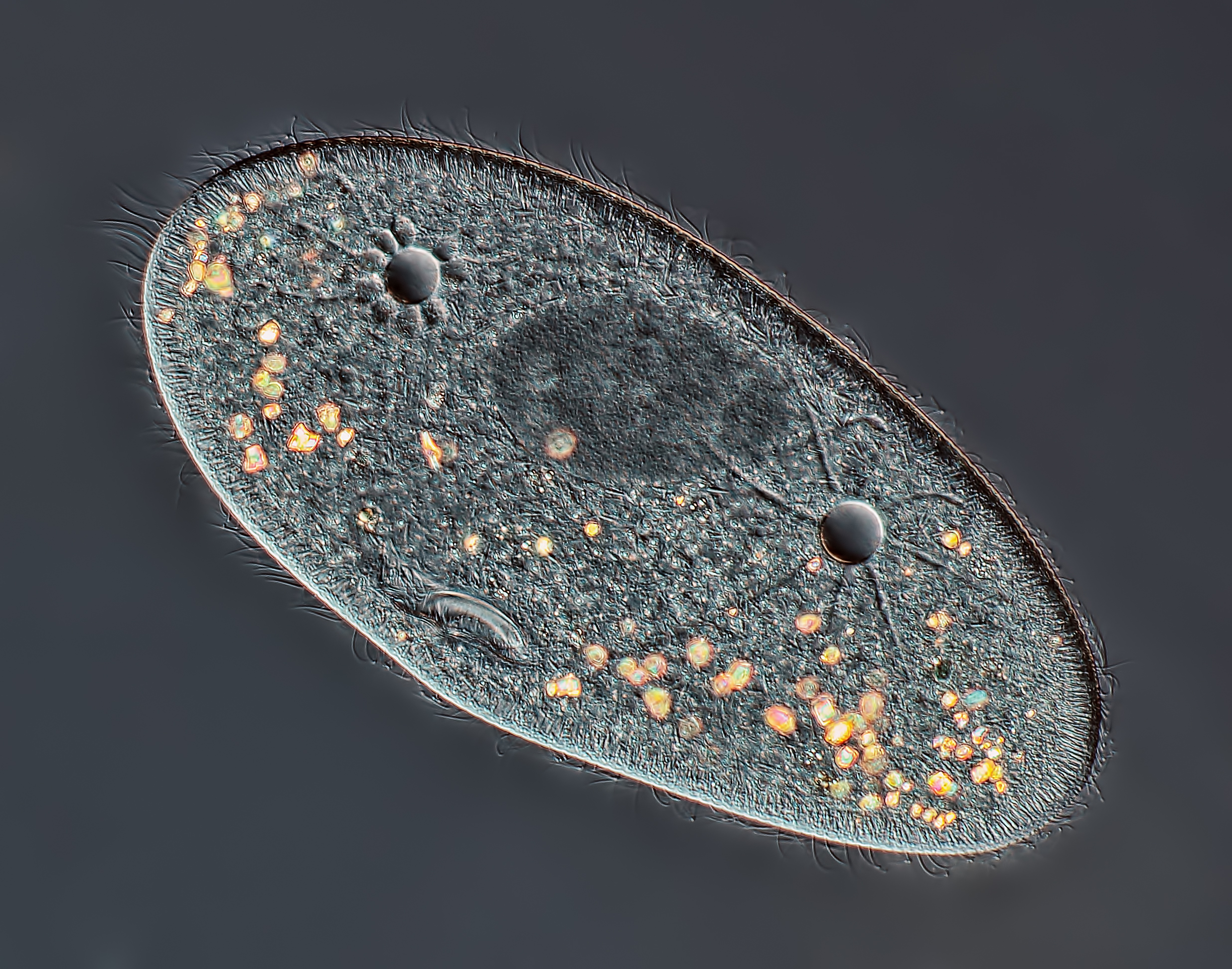
Keep in mind that there has been a Last Common Ancestor of you and this amoeba-like critter!
Why are these kingdomscombined together? Because they share a very important property: their DNA is contained in a separate part of the cell, the nucleus. These kingdoms form the domain of the Eukaryota Here is a visual representation of the kingdoms in this domain.
Again, keep in mind that there has been a LCA of all the organisms in this picture Although we have to go back far in time…:-) About 2 billion years, there is still a lot of discussion going on about the timing. But it is clear that developing a nucleus containing the DNA and organising the various functions of the cell was a major breakthrough in the evolution of life.
Do cells exist nowadays that do not have a nucleus? Sure! There are two more domains where the cells have no nucleus. One of them will be familiar to everyone, the domain of the Bacteria. The other one is the domain of the Archaea, also a kind of bacteria and only recognised as a separate domain during the last decade. Click here if you want to know more about the differences between the two (warning, very technical).
Bacteria are small organisms but there are many of them. The number of different species is unknown, estimates vary between 10 million and 1 billion…! They are everywhere! There are typically 40 million bacteria in a gram of soil and a million bacteria in a millilitre of fresh water. And don’t forget the bacteria in our own body. There are about ten times more bacteria in our body than there are body cells! On average about 2 kg in an adult human body, mainly in your gut. And important for your digestion, you would die without them.
Here is a picture of the most common bacteria in your gut, the E. Coli bacteria. I will write a separate post later about bacteria and the human body.
So, finally we have arrived at the beginning of life. About 3.5-3.8 billion years ago there lived the Last Universal Common Ancestor (LUCA) of every organism living now. We do not know much about it. It may have lived in the deep sea, near to a volcanic vent. Read Four Billion Year-Old Mystery of Last Universal Common Ancestor Solved for more information. Here is a diagram from this site, showing the first major evolutionary split, in Bacteria and Archaea .
And here is the tree of life, showing the split in the three domains. First the split in Bacteria and Archaea, with the Eukaryota branching off from the Archaea. Note that the Kingdoms of Eukaryota in the graph below have often different names from the names in the visual representation above. A clear sign how this field of evolutionary biology is still in development.
A much more detailed tree of life, although looking less like a tree, you can see below. Click here for a larger version. In blue the domain of bacteria, in green the Archaea and in red the Eukaryota. Each domain showing some of its kingdoms in different shades. Try to find homo sapiens..:-) And notice how huge and complicated the domain of the Bacteria is.
The names in the outer circle of this diagram are representative species in their kingdom. You can spend hours checking details in Wikipedia…:-) For example Anopheles Gambiae : Mosquito, Oryza Sativa: Rice, Takifugu rubripes : Pufferfish, etc.
That a single tree of life can be constructed for all the living organisms, suggests that life has only started once on earth. If life arose repeatedly then all of the separate origins must have disappeared without trace.
All living organisms belong to one big family with a common past of ~3.5 billion years. Isn’t that a nice conclusion for this post…:-)?
_______________
Much of the information in this post comes from the monumental book The Ancestor’s Tale, written in 2004 by Richard Dawkins

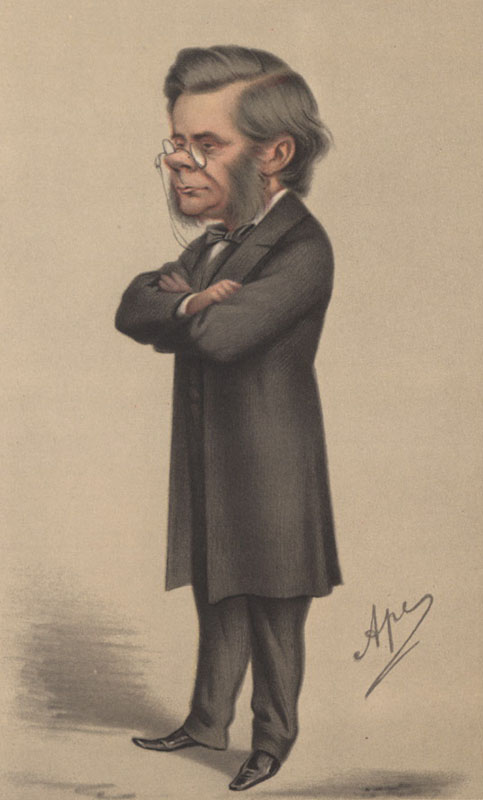
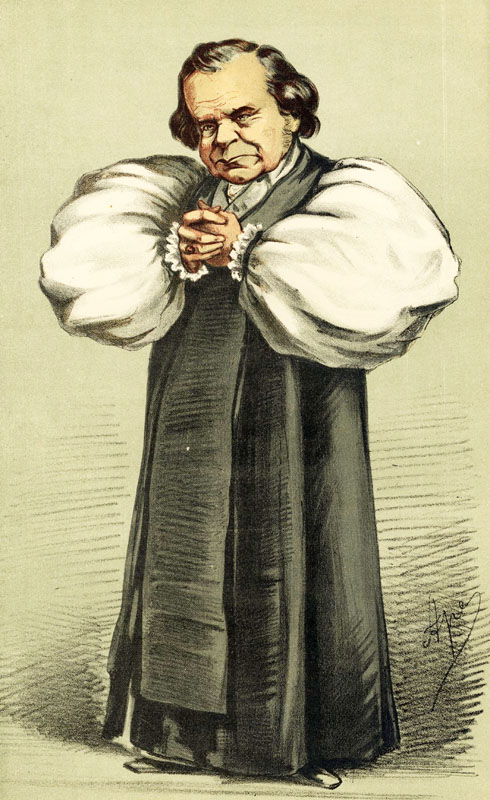
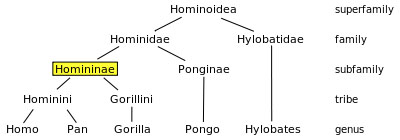

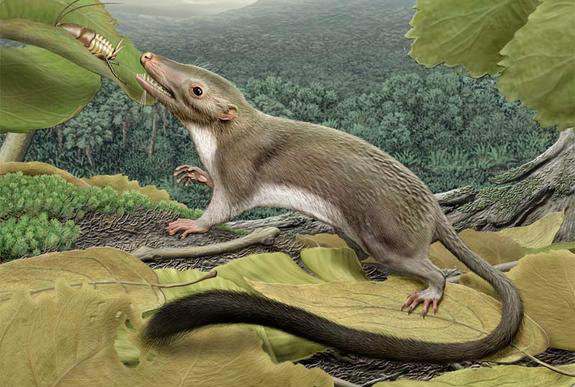
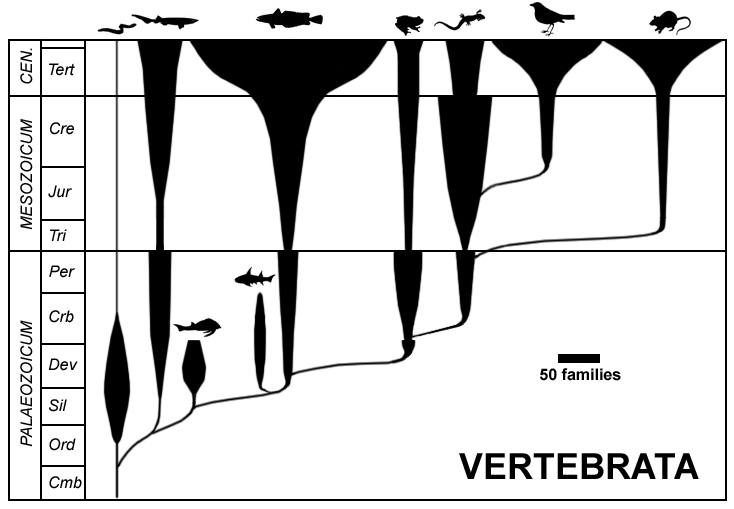

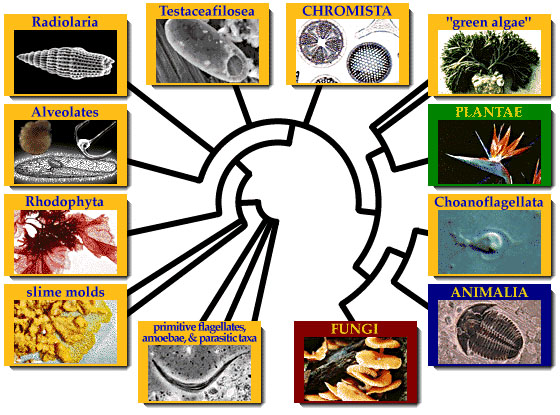



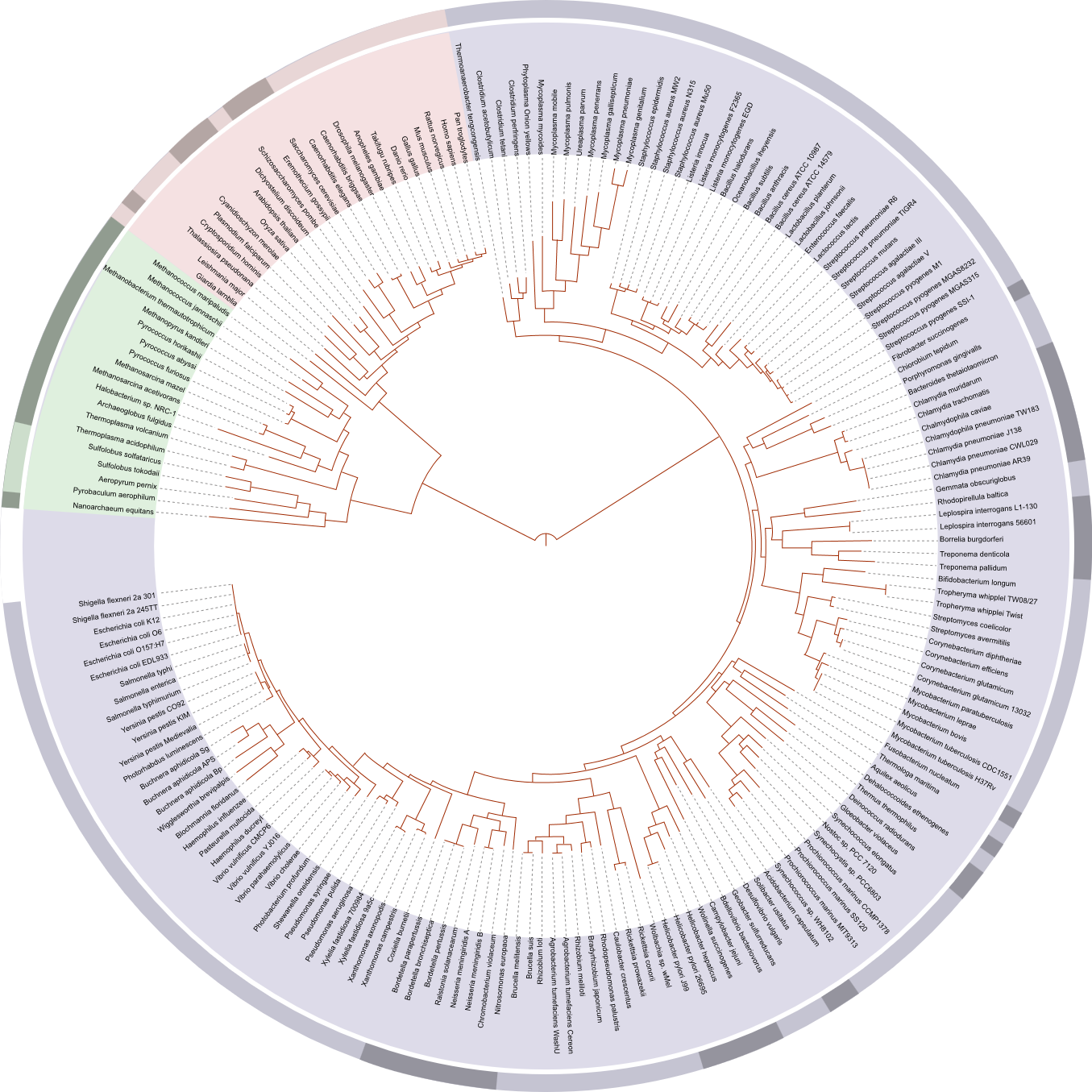
I find Richard Dawkins a rather irksome character.. two books I would recommend on the subject is Humankind Emerging by Bernard Campbell and James Loy. Also Human Evolution by Roger Lewin. However Dawkins reasoning about the decline of the large Mammals (Mammoth etc) being related to a point when the Human Population increased by 1.5 percent seems to me to be a strong argument.
Watson and Lovelock’s Daisy World is a interesting hypothesis. The Daisy World model illustrates one possible mechanism through which the biota might optimize its abiotic environment (simplified to be global temperature) by means of negative feedback. It is an heuristic model, that is, one that describes a mechanism by which such optimization might occur. and would most certainly illustrate how and why human populations numbers rise and fall over time.